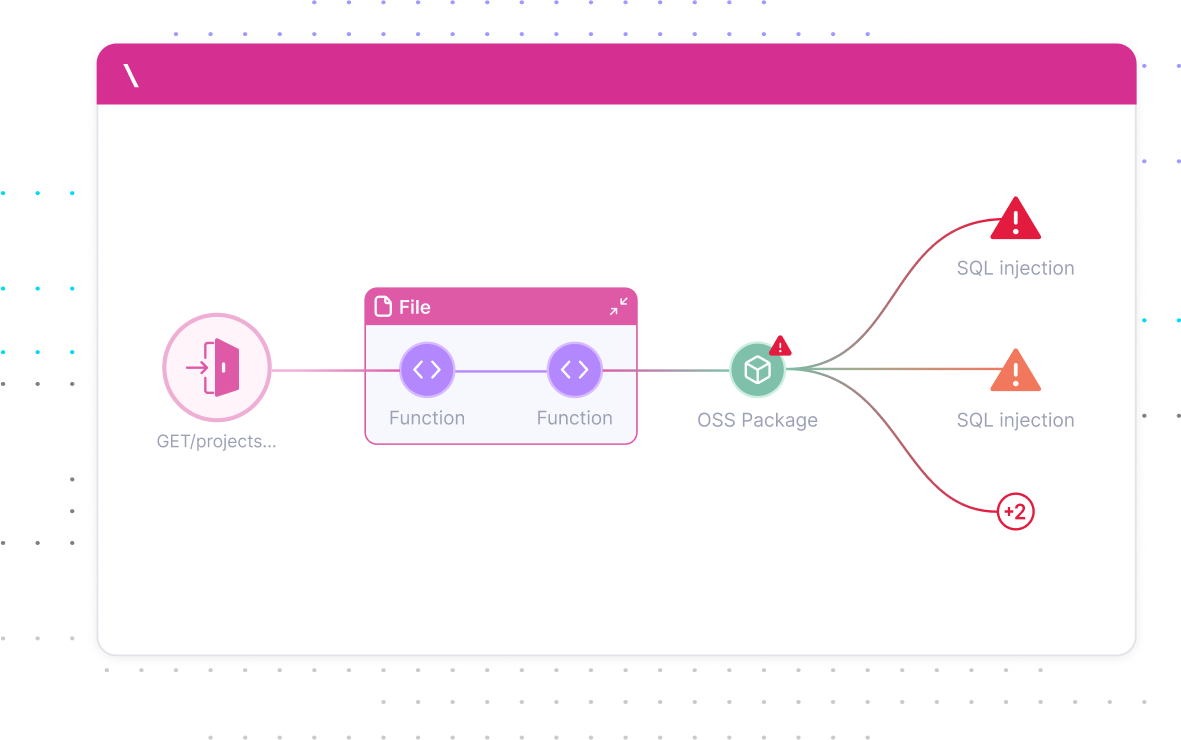Vibe Securing™
AI coding environments (such as Cursor, Windsurf) create unknown risks in your entire software supply chain. Backslash’s comprehensive approach provides visibility and governance of IDEs, finding MCP and LLM risks, with built-in rules that transparently ensure that AI-generated code is secure, creating transparent guardrails for developers without hindering their flow.
Business Logic Analysis
Backslash categorizes vulnerabilities by mapping them to specific business processes, enabling teams to prioritize vulnerabilities based on their impact on critical operations. This approach transforms application security into a value-driven practice, aligning security efforts with organizational goals.
Detect Triggerability™ Vulnerabilities
Backslash analyzes code and package vulnerabilities to determine their exploitability within the specific context of your application. This precise assessment enables organizations to prioritize vulnerabilities more effectively, focusing on those with actual exploitation potential rather than theoretical risks.
Upgrade Simulation
Addressing a common challenge for AppSec teams, Backslash Fix Simulation tackles the risks of version upgrades by simulating multiple fix options. This unique approach demonstrates the resulting security posture for each option, enabling developers to select the best course of action.
Identifying Phantom Packages
Detect phantom packages used by your code but not declared in your manifest files. Traditional scanners overlook these phantom packages as they focus solely on explicitly declared dependencies. Backslash addresses this gap, closing potential attack vectors in the software supply chain and providing greater visibility into both declared and undeclared components.
Full security coverage & posture
Backslash integrates seamlessly across the entire development lifecycle, from the IDE and PR checks to scans in the CD stage, while continuously analyzing production resources. It ensures comprehensive security coverage by analyzing new code as soon as it is added, providing full control and visibility into the application security posture.












































.png)